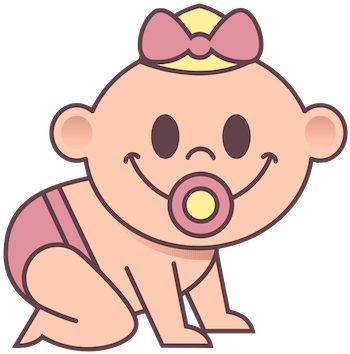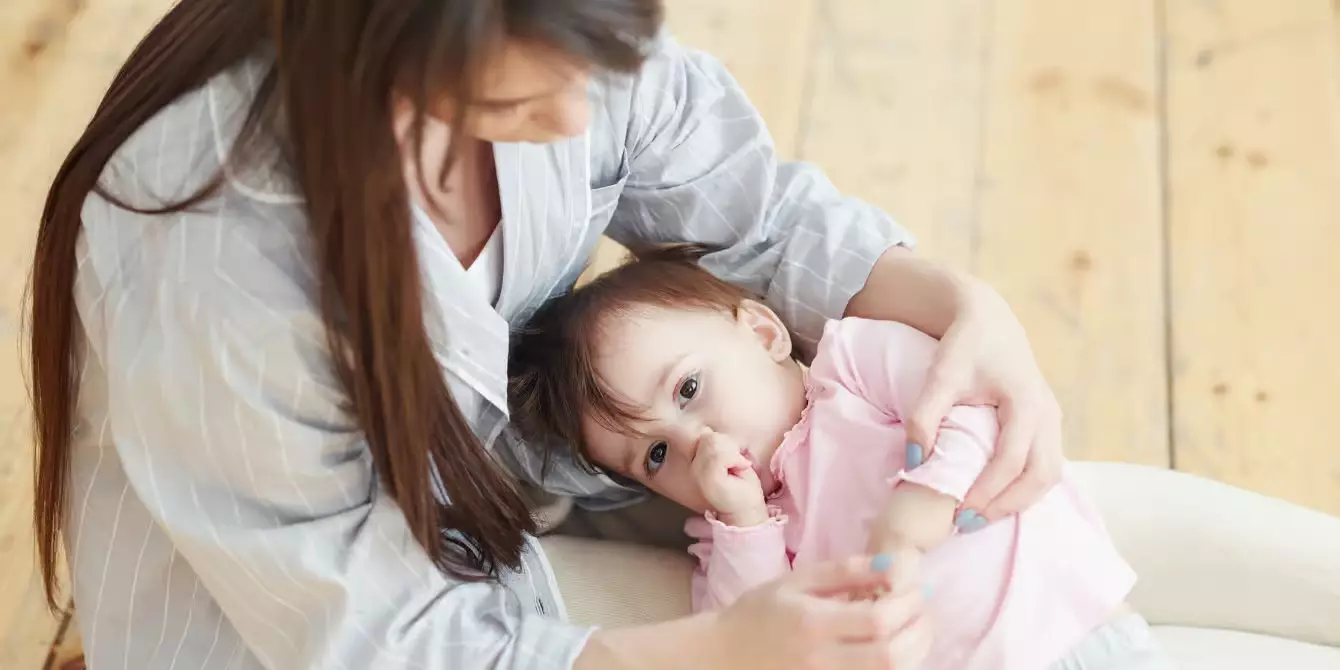As parents, navigating the world of child-rearing brings with it an array of challenges; one ubiquitous issue is helping children transition away from using pacifiers or thumb-sucking. While it’s clear that both habits offer comfort and security for little ones, often those pacifying tools can become over-reliant attachments. Research and expert consensus suggest that discontinuing pacifier use by about a year old is ideal, as prolonged usage can have unintended consequences on dental health and orthodontic development. However, every child is unique, and milestones in development unfold at different rates. Thus, the golden question becomes: How do we bridge the gap between the comfort these habits provide and the pressing need for healthy growth?
The Dental Implications of Extended Sucking Habits
As a board-certified pediatric dentist, I’ve seen firsthand the toll that extended thumb-sucking and pacifier use can take. When these habits persist past the preschool years, they can contribute to orthodontic issues, including misalignment of teeth, narrow palates, and even speech developmental challenges. Children who suck on their thumbs often push their tongues down, which can adversely affect the natural shape of the mouth and impede proper jaw development. Encountering children in my practice who present with these complications only reaffirms the importance of addressing such habits early on.
Teeth misalignment can lead to significant challenges, not just in how teeth function but also in how they’re perceived socially. Children who struggle with these issues may feel the impact far beyond their childhood, leading to potential embarrassment and decreased self-esteem. That’s why being proactive about the cessation of sucking habits is essential for ensuring long-term well-being.
Strategies for Breaking the Habit
Embarking on the journey to help your child break their sucking habits requires a thoughtful, empathetic approach. The first step is often minimizing the frequency of the habit. For instance, if a child typically turns to a pacifier or thumb for comfort during sleep, addressing this time first can be particularly effective. Gradually reducing pacifier access or encouraging them to substitute with a comforting object, such as a soft toy, can replicate that needed comfort without perpetuating the habit.
Moreover, establishing bedtime rituals that focus on affection and bonding, like reading stories or cuddling, can provide ample emotional support. Not only does this foster feelings of security, but it also diverts attention away from the habit. In my experience, these gentle yet firm transitions work wonderfully with children, as they thrive on predictability and consistency.
It’s crucial to approach this delicate situation with a more ‘yes’ nuanced mindset rather than constantly saying ‘no.’ Instead of merely taking away their pacifier or fingers, encourage positive behavior through praise and small rewards as they progress. Each small victory is an opportunity to build their confidence, reminding them that they are in control of the change.
Engaging the Child in the Process
Involving children in their developmental journey can be greatly beneficial. After all, communication is a powerful tool in parenting. It’s worthwhile to discuss with your child why they are letting go of the pacifier or thumb-sucking habit. You might even consider introducing storybooks that illustrate older characters who have successfully moved past their own sucking helpers. This visual storytelling can inspire, encourage, and make the transition feel relatable.
Another creative approach could involve turning the departure of their pacifier into an event worth celebrating, such as a “Pacifier Send-off Party.” By allowing children to actively participate in gifting their pacifier to a new baby, you help to frame the act as positive and generous rather than a loss.
Finding Support and Maintaining Self-Care
Nevertheless, it’s only human to grapple with feelings of guilt. It’s exceedingly common for parents to feel they are being harsh by removing these comfort objects. However, it’s important to focus on the bigger picture and long-term benefits. Finding community support—whether it’s through fellow parents or professionals—can ease the burden of this transition.
Moreover, self-care should not be overlooked. The emotional and physical toll this process can take on parents must be acknowledged. Taking breaks, pursuing personal interests, and ensuring you have your own emotional needs met will ultimately make you more capable of guiding your child through this pivotal moment in their development.
While the process of weaning children off pacifiers and thumb-sucking can feel overwhelming, it can also serve as an opportunity for growth—both for the child and the parent. By employing thoughtful strategies and maintaining an open dialogue, parents can successfully navigate this terrain while fostering resilience, independence, and a sense of accomplishment in their young ones. With the right approach, the journey toward breaking sucking habits can transform from a daunting challenge into a joyful milestone.

